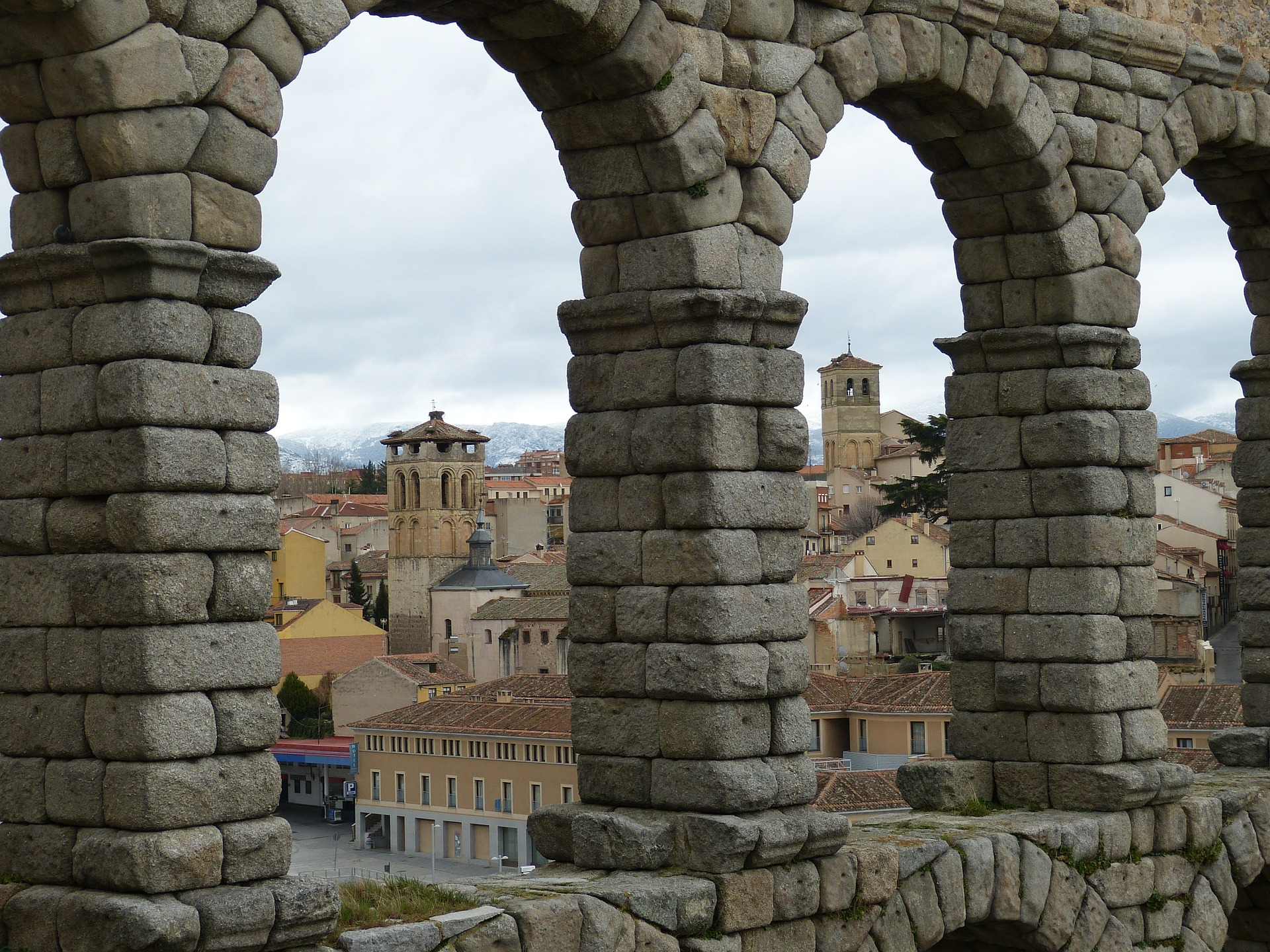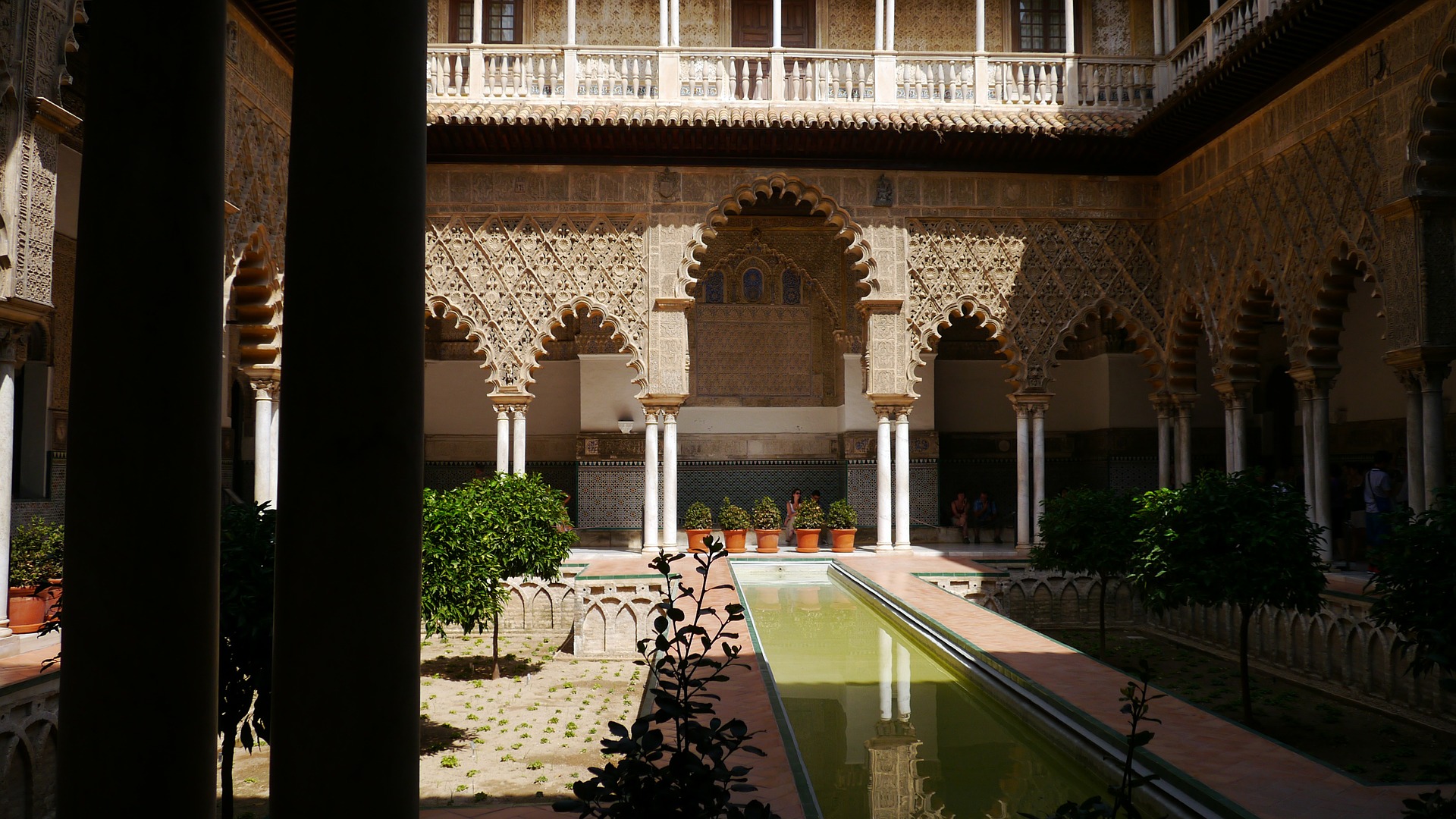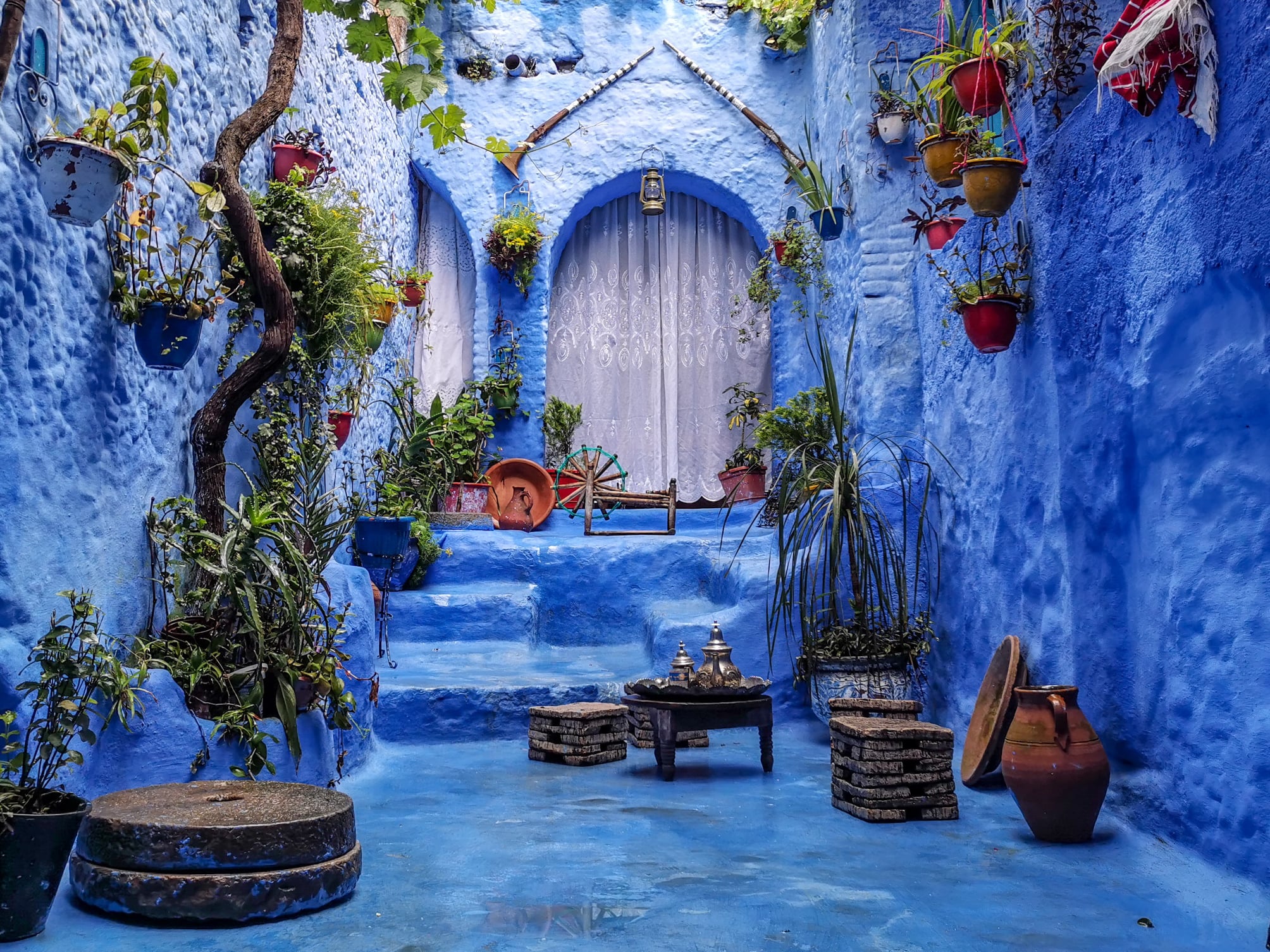Segovia and its aqueduct
At the confluence of the Eresma and Clamores rivers, protected by the imposing silhouette of the Sierra de Guadarrama, is one of the most visited cities in Spain. And there are so many things to see in Segovia that it is well worth a visit.
Segovia is a small and pleasant city, whose historic center has been declared, together with its mythical Roman aqueduct, a World Heritage Site by UNESCO. In it you can perfectly appreciate the cultural and patrimonial legacy left by the coexistence of Muslims, Jews and Christians.
We have been lucky enough to visit it and it has always seemed to us one of those cities that create the feeling of traveling through time. Such is the medieval beauty that it treasures.
In addition, you breathe clean air and eat luxuriously. What more can you ask for from a destination?
High-speed trains depart from Madrid to Segovia. So it’s easy to get there.
Without a doubt, the best place to see in Segovia is its aqueduct. This impressive work of Roman civil engineering was built at the beginning of the second century, at the end of the mandate of Emperor Trajan or the beginning of Hadrian, both emperors known for being one of the most powerful in the history of Rome and having been born in Hispania.
The Aqueduct of Segovia brought (until very recently) water from the Fuenfría spring – located about 17 kilometers from Segovia – to the city, supplying all its inhabitants. The most visited section, and photographed by tourists, is the one that passes through the Plaza del Azoguejo, where it saves the slope of the terrain with an arcade that leaves everyone who sees it for the first time with their mouths open. In its highest part it reaches 28 meters and has a total of 167 arches.
Really impressive.
Nothing is comparable to the sensation you experience when seeing it in front of you.
Another place you must visit in Segovia is The Alcazar:
Atop a crag and dominating the western part of Segovia, this celebrated palace has Roman and Moorish origins, but its Renaissance storybook appearance dates back to the reign of Philip II in the 16th century. Many Castilian kings lived in the Alcázar, such as the great Isabel la Católica, who inhabited it at the end of the 15th century.
A tour of the Alcázar of Segovia is absolutely essential to understand the history of the place.
From here, you can enjoy one of the best views to see in Segovia, with the entire center at your feet and the rugged mountains of Guadarrama to the southeast.
The cathedral is another must-see during a visit to Segovia.
After the destruction of the old cathedral of Segovia in the Revolt of the Communards of 1520, a new one was built on top of the old Jewish quarter, some distance from the Alcázar, where it would be out of danger.
Despite being built in the Renaissance, this magnificent building was erected in an Old Gothic style, making it one of the newest original Gothic structures in Europe.
A beautiful city where you can also enjoy some of the many tasty dishes that can be eaten in Segovia: such as the world famous Segovian roast suckling pig.




